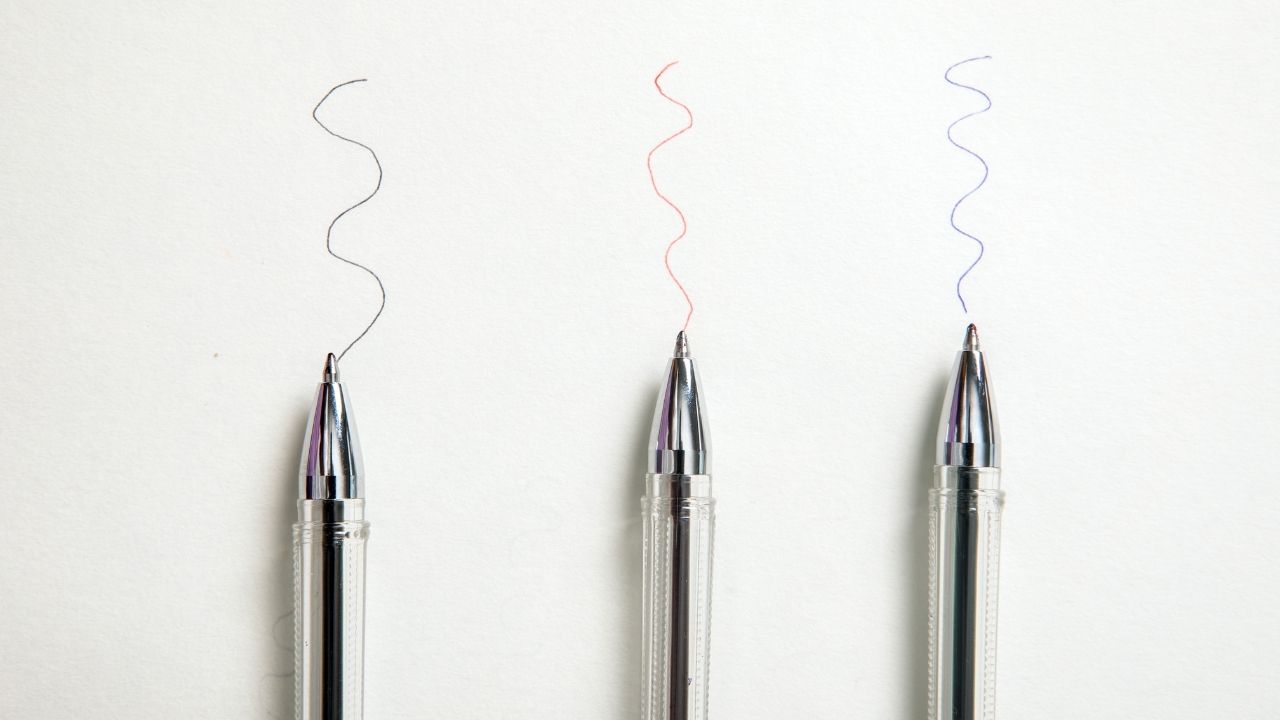
As aspiring artists, we understand the importance of honing our sketching skills to create captivating and visually striking works of art. One of the fundamental elements that contribute to our success in sketching is the development of strong hand-eye coordination. This crucial ability allows us to translate our observations and creative visions onto the page with precision and fluidity.
In this comprehensive guide, we will explore the best ways to practice and cultivate your hand-eye coordination, equipping you with the necessary tools to elevate your sketching techniques and achieve your artistic goals.
Mastering Pencil Strokes
The foundation of any successful sketching endeavor lies in our ability to control and manipulate the pencil with dexterity. Developing a wide range of pencil strokes is crucial for creating dynamic and expressive drawings. Begin by practicing basic strokes, such as straight lines, curves, and zig-zags, gradually progressing to more complex techniques like hatching, cross-hatching, and stippling.
Engage in targeted exercises that challenge your hand-eye coordination, such as drawing geometric shapes, overlapping lines, and complex patterns. Experiment with different pencil grips and pressure adjustments to refine your control and responsiveness.
Exploring Shading Techniques
Shading is a powerful tool in the artist's arsenal, allowing us to create depth, texture, and volume within our sketches. Mastering various shading techniques is essential for developing a strong hand-eye connection and achieving realistic and visually compelling drawings.
Practice blending, cross-hatching, and gradated shading to create smooth and seamless transitions. Experiment with different pencil types, from soft graphite to hard leads, to explore the nuances of shading and its effects on your sketches.
Developing Perspective Drawing Skills
Accurate perspective drawing is a critical skill for any artist, as it allows us to create the illusion of depth and three-dimensionality on a two-dimensional surface. Develop a deep understanding of the principles of linear and atmospheric perspective, and practice applying them in your sketches.
Begin by sketching simple geometric shapes and objects, gradually progressing to more complex scenes and environments. Continuously refine your hand-eye coordination by adjusting the scale, foreshortening, and relative positioning of elements within your drawings.
Mastering Composition Principles
The arrangement and placement of elements within a sketch, known as composition, can greatly impact the overall visual impact and storytelling potential of your work. Familiarize yourself with the fundamental principles of composition, such as the rule of thirds, balance, and focal points.
Engage in exercises that challenge your hand-eye coordination and spatial awareness, such as sketching asymmetrical compositions, dynamic diagonal arrangements, and overlapping forms. Experiment with different perspectives and vantage points to explore the impact of composition on your sketches.
Enhancing Observational Skills
Keen observational skills are essential for translating the world around us onto the page with accuracy and authenticity. Practice the art of careful observation, taking the time to notice the subtle details, shapes, and proportions of the subjects you wish to sketch.
Engage in regular sketching sessions, focusing on capturing the essence of your subjects through detailed and accurate renderings. Experiment with different drawing media, such as pencils, charcoal, and ink, to explore the unique characteristics and textures they can produce.
Mastering Sketching Fundamentals
Ultimately, the development of strong hand-eye coordination for sketching techniques is rooted in a deep understanding of the fundamental principles of art and design. Continuously review and refine your knowledge of line, form, value, and composition to enhance your overall sketching proficiency.
Engage in regular practice sessions, focusing on a variety of subject matter and drawing styles. Seek out feedback from experienced artists and mentors to identify areas for improvement and refine your technique.
By dedicating time and effort to mastering these techniques, you will not only enhance your hand-eye coordination but also unlock new levels of artistic expression and creativity. Embrace the journey of continuous learning and growth, and let your sketching skills soar to new heights.
 Writing TipsCreative WritingJournalingSketching TechniquesBuying GuidesPrivacy PolicyTerms And Conditions
Writing TipsCreative WritingJournalingSketching TechniquesBuying GuidesPrivacy PolicyTerms And Conditions
